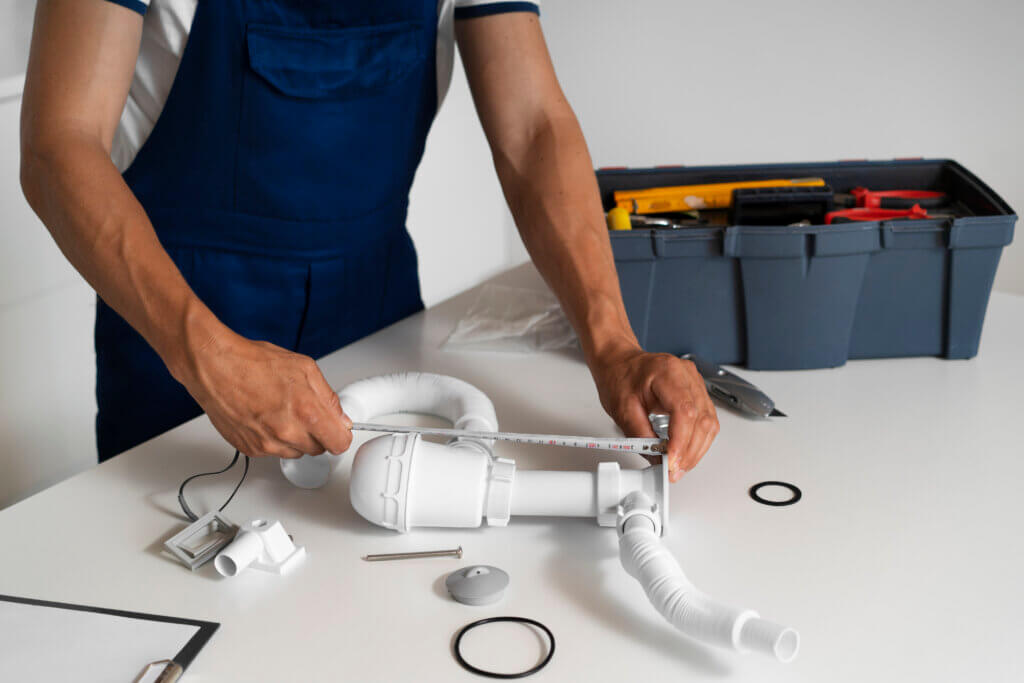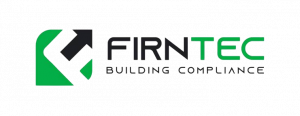Snaking in the Plumbing Industry
Snaking is a fundamental plumbing method used to dislodge clogs from drainpipes and sewer lines. This technique involves using a flexible, coiled tool—commonly referred to as an auger—to mechanically remove blockages in plumbing systems without dismantling piping structures. It remains one of the most reliable and accessible tools in the arsenal of professional plumbers, particularly in residential and commercial settings across the United States.
1. What Is Snaking in Plumbing?
Snaking refers to the process of using a long, flexible cable (snake) inserted into drains to break up or retrieve clogs. This cable is often manually or mechanically rotated to navigate pipe bends and grip or dislodge debris.
This method is particularly effective for:
- Hair and soap buildup in bathroom sinks
- Grease and food debris in kitchen drains
- Toilet obstructions
- Tree root intrusions in sewer lines (with heavy-duty augers)

2. Types of Augers Used in Plumbing
Different augers are used depending on the fixture and type of clog:
a. Toilet Auger
Also called a closet auger, this tool is designed specifically for clearing toilet clogs. It features a short, stiff cable with a curved end to protect porcelain from scratches.
Best for: Toilet-specific obstructions (e.g., tissue buildup, foreign objects).
b. Drain Auger / Sink Auger
Also known as a drum auger, this is suited for smaller drains like bathroom or kitchen sinks. It typically includes a hand crank and can reach blockages several feet into the line.
Best for: Hair clogs, minor soap scum, food residue.
c. Plumbing Auger
This is a general term for any snake used in residential or commercial plumbing. It can refer to both hand-operated and power-assisted versions and can range in length and flexibility.
Best for: Various light to medium-duty drain clogs.
d. Sewer Auger
Heavy-duty, often motor-powered augers used for main sewer line blockages. These are larger, more powerful, and typically used by trained professionals.
Best for: Root intrusions, grease blockages, collapsed pipe segments.
3. Snaking a Drain Pipe: Step-by-Step Process
i. Preparation
Inspect the fixture and identify the clog location.
Choose the correct auger (e.g., sink auger for sinks, toilet auger for toilets).
ii. Insertion
Feed the snake into the drain or clean-out port.
Gently rotate the handle or power motor to guide the cable through bends.
iii. Obstruction Detection
When resistance is felt, apply steady pressure and continue rotating.
For soft clogs, the tip may pierce or entangle the debris.
iv. Removal
Once the clog is cleared or retrieved, slowly withdraw the auger while rotating.
Run water to ensure smooth flow.
4. Common Use Cases
- Snaking a Sink Drain: Hair and soap buildup is common in bathroom sinks. A small-diameter sink auger is usually sufficient.
- Snaking a Drain Pipe: For larger horizontal runs, such as kitchen drains leading to main lines, a drum auger provides the reach and flexibility.
- Snaking with a Drain Pipe Auger: These are versatile tools that can reach clogs 15–50 feet deep depending on the model.
- Snaking Toilets: Requires a toilet auger with a protective boot to avoid damaging porcelain.
5. Safety and Efficiency Tips
- Always wear gloves and eye protection during snaking.
- Don’t force the snake; excessive pressure can damage pipes.
- For frequent or severe blockages, recommend a video inspection.
- Avoid chemical drain cleaners before snaking, as they can corrode tools and cause skin burns.
6. When to Upgrade to Power Snaking or Hydro Jetting
While manual augers are suitable for most household clogs, power snaking or hydro jetting may be necessary for:
- Commercial kitchens
- Older sewer systems with root intrusions
- Repeat or stubborn clogs
Hydro jetting uses high-pressure water and is more expensive, but often more thorough.
7. Professional Insight for New Technicians
For new plumbers in the U.S., understanding snaking tools and techniques is a foundational skill. Most states do not require licensing to operate basic snaking tools, but professional certification enhances credibility and safety awareness.
- Training Tip: Practicing on transparent test drains can help beginners understand how snakes interact with clogs.
- Regulations Note: In some states, handling sewer augers may require proper registration or license if connected to city lines.
Snaking is an essential, versatile skill in modern plumbing. From the humble sink auger to the powerful sewer auger, understanding the right tool for each job can dramatically improve service efficiency and customer satisfaction. Whether snaking a sink or unclogging a main sewer line, mastering this technique is a rite of passage for every aspiring plumbing professional.
Our trusted customers











